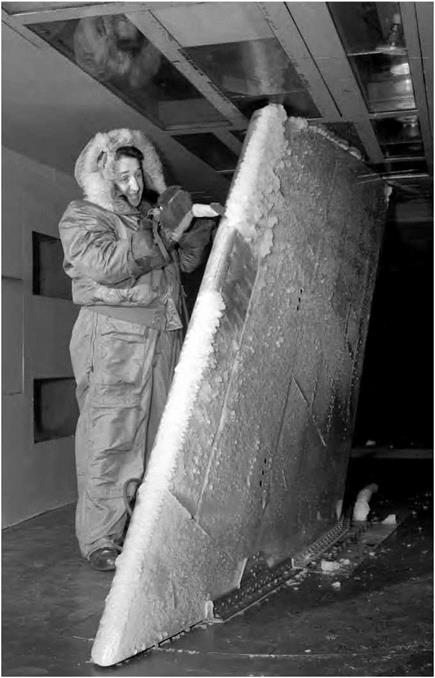The Way Ahead for SVS
NASA’s long heritage of research in synthetic vision has generated useful concepts, demonstrations of key technological breakthroughs, and prototype systems and architectures that have influenced both the private and public sectors. Much of this work has been accomplished by small teams of dedicated researchers, often using creative approaches and management styles far removed from typical big management practices. As this book goes to press, synthetic vision and advanced flight path guidance constitutes a critical piece of the Agency’s future work on Integrated Intelligent Flight Deck Technologies and related activities aimed at fulfilling the promise of better air transportation and military airpower. While long-range institutional and national budgetary circumstances add greater uncertainties to the challenge of forecasting the future, it is clear that as the advent of blind-flying instrumentation transformed aviation safety and utility in the interwar years, the advent of synthetic vision will accomplish the same in the first years of the 21st century, furnishing yet another example of the enormous and continuing contributions of NASA and its people to the advancement of aeronautics.
|
|
Ice formation on aircraft poses a serious flight safety hazard. Here a NASA technician measures ice deposits on a test wing in NASA’s Icing Research Tunnel, Lewis (now Glenn) Research Center, Ohio. NASA.











